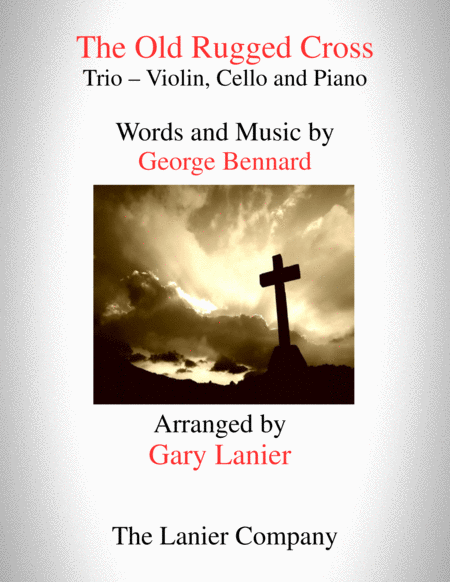Instrumental Duet,Piano Cello,Instrumental Duet,Piano,Violin - Level 3 - Digital Download SKU: A0.617086 Composed by George Bennard. Arranged by Gary Lanier. Easter,Sacred. Score and parts. 16 pages. The Lanier Company #4354779. Published by The Lanier Company (A0.617086). The Old Rugged Cross arranged by Gary Lanier is for Violin, Cello and Piano. It is ideal for special music in worship services, concerts or for the joy of playing in any situation where inspiring hymns are desired.
